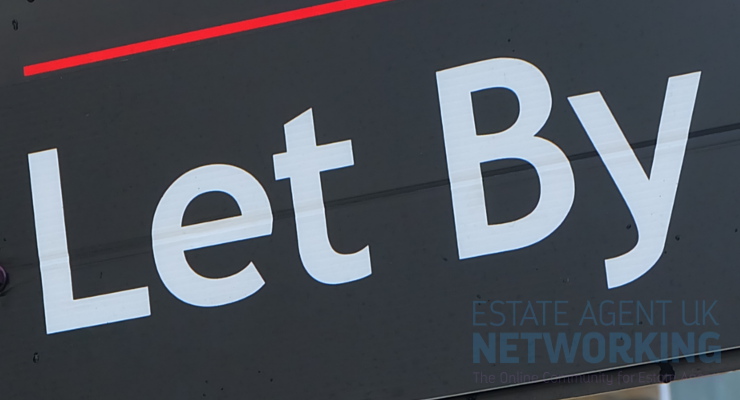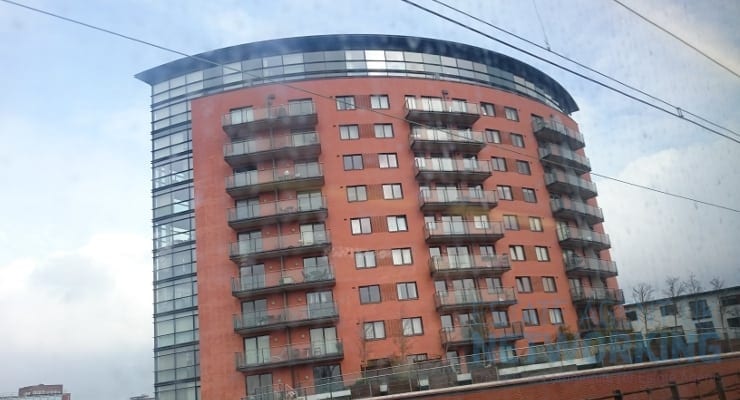Custom Entertainment Centers and Media Cabinets: Function, Form, and Future
The evolution of how we consume media has dramatically transformed the role of entertainment centers in our homes. What began as simple television stands has evolved into sophisticated, multifunctional pieces that balance technology integration with aesthetic appeal. Custom entertainment centers and media cabinets have emerged as solutions that address both practical considerations and design sensibilities, creating focal points that enhance rather than detract from living spaces.
The Shifting Landscape of Media Storage
Today’s entertainment centers bear little resemblance to their bulky predecessors from the 1990s and early 2000s. Those massive wall units designed to house CRT televisions, DVD collections, and stereo components have given way to sleeker, more versatile designs that accommodate flat-screen displays, streaming devices, and wireless sound systems. This transformation reflects broader changes in how we interact with media and technology in our homes.
According to the National Kitchen and Bath Association’s 2023 Design Trends Report, 67% of designers now incorporate dedicated media storage solutions into their projects, up from 42% just five years ago. This significant increase reflects growing consumer demand for spaces that accommodate technology while maintaining aesthetic coherence with the rest of the home.
The home office segment has become one of the fastest-growing categories in the cabinet market, with a projected CAGR of 6.4% through 2028, according to Market Data Forecast. This growth is directly tied to the rise in remote work, with the U.S. Bureau of Labor Statistics reporting that 37% of workers teleworked in 2023, up from 22% in 2019. This shift has driven demand for entertainment centers that double as workspace components, with features like built-in desks and videoconferencing setups becoming increasingly common.
Design Approaches: Built-In vs. Freestanding Solutions
Custom entertainment centers generally fall into two categories: built-in units that integrate with the architecture and freestanding pieces that function as furniture. Each approach offers distinct advantages and limitations that influence both functionality and aesthetics.
Built-In Entertainment Centers
Built-in entertainment centers create seamless integration with the surrounding architecture, often spanning wall-to-wall and floor-to-ceiling. These permanent installations maximize storage capacity while creating a cohesive, intentional look that can make spaces appear larger and more polished.
In my experience designing media spaces for diverse clients, built-ins offer unparalleled opportunities for customization. The ability to precisely tailor dimensions, storage configurations, and finish details allows for solutions that address specific technology requirements while complementing the home’s architectural character.
This level of customization is particularly valuable in rooms with unusual dimensions or period homes where standard furniture pieces might feel disconnected from the architectural context.
Built-ins also excel at cable management—a significant consideration in media installations. Integrated raceways, hidden outlets, and dedicated ventilation can be engineered into the design, creating a cleaner, more professional appearance while extending the life of electronic components through proper air circulation.
Freestanding Media Cabinets
Freestanding media cabinets offer flexibility that built-ins cannot match. These pieces can be repositioned as needs change and taken along when moving, making them excellent options for renters or those who anticipate frequent relocations. Their independence from the surrounding architecture allows them to serve as statement pieces that express personal style through distinctive design features.
Have you considered how a freestanding media cabinet might serve multiple functions beyond just housing electronics? Many contemporary designs like OPPEIN cabinets incorporate features like adjustable shelving, pull-out work surfaces, or convertible components that adapt to changing needs—a particularly valuable quality as our homes continue to serve multiple purposes.
Case studies show that freestanding solutions often provide better value for those with evolving technology needs. When new devices require different configurations, modular pieces can be more easily adapted or replaced than built-in installations, which typically require more extensive (and expensive) modifications.
Material Selection and Aesthetic Integration
Material choices dramatically influence how entertainment centers function visually within a space. While traditional entertainment centers often featured heavy, dark woods that dominated a room, contemporary approaches tend toward lighter finishes and mixed materials that create visual interest without overwhelming the space.
According to Houzz’s 2024 Kitchen Trends Study, there’s been a 37% increase in the popularity of flat-panel cabinet doors over the previous year, with 42% of designers from famous kitchen brands reporting them as the most requested style for modern renovations. This same minimalist aesthetic is migrating to entertainment centers, where clean lines and simple profiles help technology blend more seamlessly into living environments.
In my experience, the most successful entertainment centers incorporate materials that relate to other elements within the space. When media cabinets echo finishes found elsewhere in the room—whether through matching wood tones, complementary metal accents, or coordinated stone surfaces—they become integral parts of the design rather than utilitarian afterthoughts.
Technology Integration Considerations
The rapid evolution of technology presents unique challenges for entertainment center design. Today’s solutions must accommodate current needs while allowing for future adaptation as devices change and new technologies emerge.
Effective media cabinets address several technical considerations:
- Ventilation and heat management: Electronic components generate heat that must be dissipated to prevent damage and maintain performance.
- Cable management: Organizing and concealing the numerous cables required by modern entertainment systems prevents visual clutter.
- Remote control functionality: Materials and design elements must not interfere with infrared signals or wireless connectivity.
- Accessibility: Components need to be easily accessible for maintenance, connection changes, and replacement.
Have you noticed how the best entertainment centers seem to disappear when you’re enjoying the media they contain? This visual receding is no accident but the result of thoughtful design that prioritizes the experience over the equipment that enables it. The goal is not to showcase the storage solution but to create an environment where the technology itself becomes virtually invisible.
Real-World Applications and Adaptations
The most compelling entertainment centers solve specific challenges while enhancing the overall design narrative of a space. Two recent examples illustrate different approaches to custom media storage solutions.
A 2023 renovation project documented in Architectural Digest featured a complete transformation of a traditional suburban living room. The designers replaced an outdated entertainment armoire with a sophisticated wall-to-wall built-in that incorporated varying depths to accommodate both shallow decorative displays and deeper sections for media components. The installation included a recessed center section where the television appeared to float against a backdrop of backlit textured panels, creating a focal point that doubled as architectural interest. This approach allowed the television to become part of a larger composition rather than an isolated technological element.
Case studies show that entertainment centers increasingly incorporate flexible features that extend their functionality beyond media storage. Adjustable shelving, pull-out work surfaces, and dedicated charging stations transform these pieces into command centers for both entertainment and productivity—a response to our increasingly fluid relationship with technology in the home.
Conclusion: The Future of Media Storage
As streaming continues to reduce physical media collections and devices become smaller and more wireless, entertainment centers are evolving toward simpler, more adaptable forms. The emphasis is shifting from maximum storage capacity to thoughtful integration with living spaces and support for changing technology needs.
The most successful entertainment centers and media cabinets will continue to balance practical requirements with aesthetic considerations, creating solutions that enhance rather than detract from our living environments. As technology becomes more ambient and less obtrusive, the furniture that houses it will likely follow suit—becoming more architectural and less utilitarian, more integrated and less conspicuous.
The entertainment center of tomorrow may not be recognizable as such—instead becoming an intelligent, responsive element of our homes that adapts to our needs while maintaining the visual harmony we desire in our most personal spaces.









